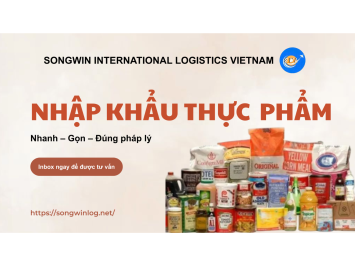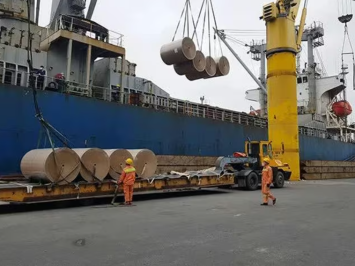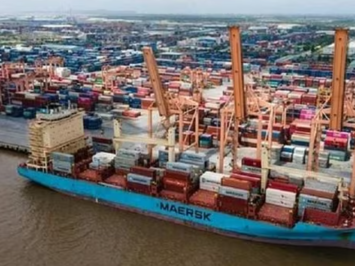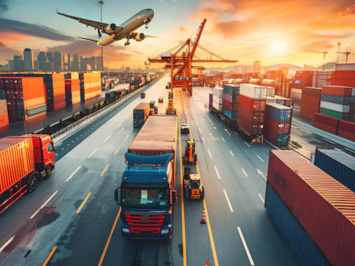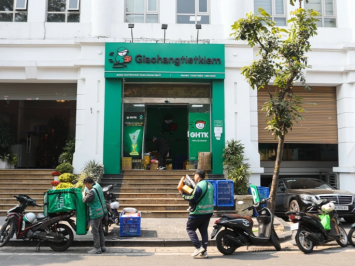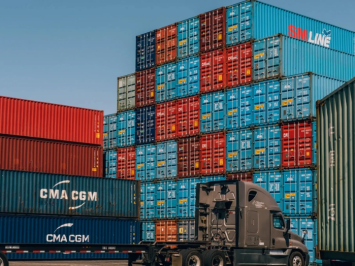Local People’s Committees are working in coordination with technical agencies to detect and handle improper use of agrochemicals, ensuring that all durian products meet food safety standards.
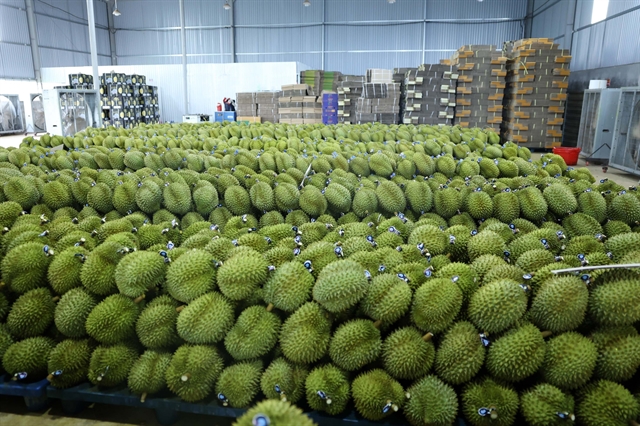
Đắk Lắk durians labelled and ready for export. — VNA/VNS Photo
ĐẮK LẮK — In just a few weeks, Đắk Lắk Province will enter the peak harvest season for durian, with local farmers and exporters ramping up efforts to meet increasingly stringent international requirements.
As global markets tighten their quality control measures, the province is making a concerted push to enhance product quality and develop safe, traceable supply chains — a strategy widely referred to as “green lane” exports.
Đắk Lắk currently has over 40,000 hectares of durian plantations, with an estimated output of around 400,000 tonnes in the 2025 season. With harvesting expected to begin in September, growers are working intensively to ensure optimal fruit quality, despite challenges posed by erratic weather and shifting market conditions.
Ea Tu Fair Trade Agricultural Service Cooperative located in Tân An Ward has more than 74 hectares of durian under cultivation, including 14 hectares of specialised monoculture.
This year, the cooperative’s durians are expected to ripen nearly a month later than in previous years.
“This is a decisive period in orchard care,” said Trần Đình Trọng, Director of the cooperative. “We are investing extra effort into pruning, drainage and pest prevention to ensure fruit quality. If our durians meet export standards, then market access is not a concern.”
Tightening control
To prepare for the season, the provincial Department of Agriculture and Environment has instructed localities with durian-growing areas to strengthen communication, monitoring and inspection of orchards and packing facilities that have been issued planting area and facility codes.
These codes are a mandatory requirement for exports, particularly to China — the largest importer of Vietnamese durian. The province is also clamping down on the misuse of banned chemicals and violations in purchasing and processing activities.
Local People’s Committees are working in coordination with technical agencies to detect and handle improper use of agrochemicals, ensuring that all durian products meet food safety standards.
According to Nguyễn Văn Hà, Deputy Director of the provincial Department of Agriculture and Environment, the top priority for the durian industry this year is to maintain consistent quality.
“We are applying multiple measures to control quality from cultivation to post-harvest handling. In addition to regular inspections, we are also working with the Đắk Lắk Durian Association and exporters to address price speculation, unauthorised use of planting area codes and, most importantly, to eliminate banned substances from the production process,” he said.
The “green lane” initiative
Local export companies are playing a leading role in building a safe and transparent durian supply chain. In line with international requirements, several enterprises have begun testing soil and fruit samples for chemical residues and heavy metals, including cadmium — a key concern for export markets like China, South Korea and the EU.
Nguyễn Thị Thái Thanh, General Director of Ban Mê Green Farm JSC, said the company had started collecting soil and immature fruit samples from partner cooperatives.
“We are analysing the samples to identify high-risk areas, particularly those contaminated with cadmium. Based on the results, we will isolate affected orchards and adjust our sourcing plans accordingly,” she said. “This is essential to building a ‘green lane’ supply chain that is transparent, safe and export-ready — from farm to factory.”
The firm’s initiative is part of a broader shift towards green and sustainable agricultural practices, which also includes traceability, code compliance and food safety certification.
Thanh noted that while this transformation would require investment and technical coordination, it would be the only viable path for Vietnamese durian to compete on the global stage.
Market fluctuations remain a challenge.
According to Lê Minh Tâm, Director of Thiện Tâm Agricultural Trade Co., Ltd, Vietnamese durian prices have declined recently due to overlapping harvest seasons with Thailand, whose durians are sold at lower prices.
“It’s not surprising that some companies have reduced or temporarily suspended purchases,” he said. “However, Thiện Tâm is still buying more than 100 tonnes of durian per day — and up to 300 or 400 tonnes on peak days.”
To stabilise the export market, Tâm stressed the urgent need to increase the number of planting area codes and packing facility codes. “Currently, there are too few codes issued compared to the actual cultivation area and output. Without expanding this system, we cannot scale exports effectively.”
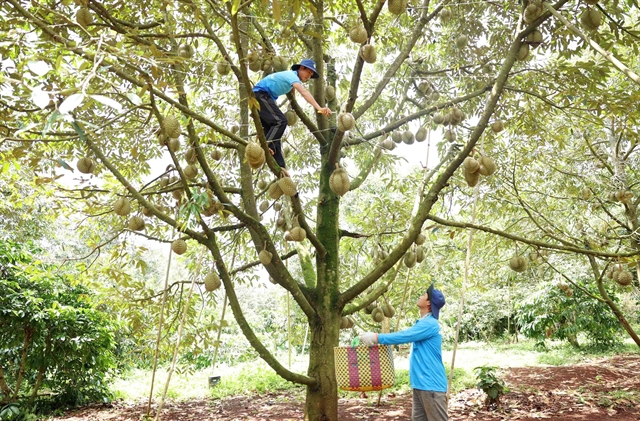
Farmers in Krông Pắc District – the durian capital of Đắk Lắk Province – harvest durians in the 2024 season. — /VNS Photo
Promoting linked chains
As the focal point of coordination for the province’s durian sector, the Đắk Lắk Durian Association is promoting cross-sector collaboration among farmers, cooperatives, enterprises and authorities.
The association has launched a campaign called “Joining hands to build green lane durian chains – For a safe and sustainable Vietnamese durian sector”. The campaign aims to establish and expand at least 15 certified production–packing–export chains in the 2025 season.
These chains will adhere to strict safety protocols, traceability standards and quality management systems. According to Lê Anh Trung, Chairman of the Đắk Lắk Durian Association, the association is working with scientists, cooperatives and exporters to survey orchards, test soil for cadmium contamination, and declare certified “safe zones”.
“To qualify for the green lane, businesses must demonstrate legal compliance, financial stability, safe farming practices and full traceability,” Trung said. “We have also organised three technical training courses for about 500 farmers, cooperatives and exporters to help them meet export requirements.”
Looking ahead
Despite the challenges, stakeholders in Đắk Lắk’s durian sector are optimistic. The proactive collaboration among growers, businesses and authorities is laying the foundation for a more resilient and competitive durian industry — one that prioritises safety, sustainability and long-term growth.
The move towards “green lane” exports is not just about complying with international regulations — it is also a strategic investment in the future.
By fostering transparent, coordinated and certified supply chains, Đắk Lắk aims to enhance the global reputation of Vietnamese durian, protect farmer incomes and ensure the sustainability of an industry worth trillions of đồng.
In the 2024 season, Đắk Lắk’s durian exports generated more than VNĐ6 trillion (approximately US$235 million).
With enhanced quality controls and increased planting area certification, the province hopes to grow that figure by at least 15 per cent in 2025. As harvesting begins, Đắk Lắk is positioning itself not only as Việt Nam’s largest durian producer — but also as a national leader in safe, green and globally competitive agriculture.






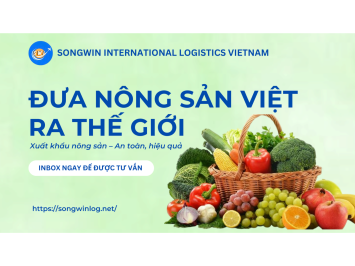
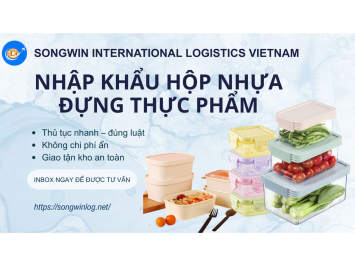
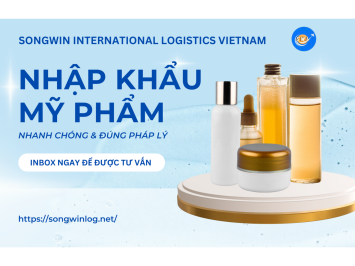
![Detailed Guide to Chemical Import Procedures [Updated 2025]](https://songwinlog.net/thumbs/355x266x1/upload/news/ve-tay-hinh-tron-logo-2-3776.png)
